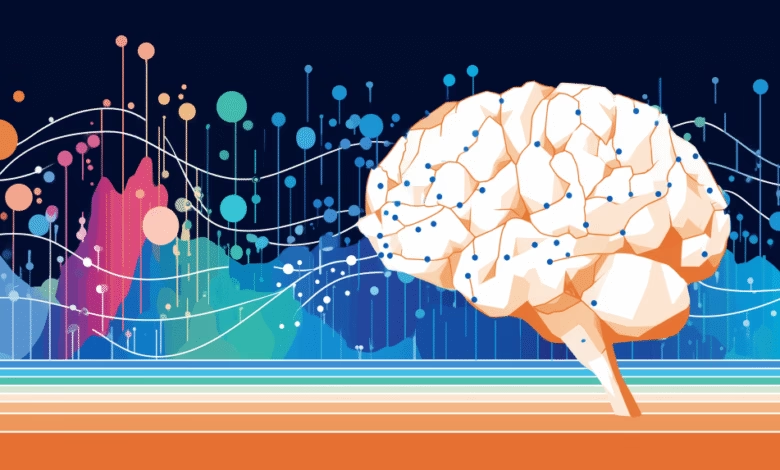Study Reveals How Much Data LLMs Actually Memorize

▼ Summary
– Large Language Models (LLMs) are trained on massive datasets to develop a statistical understanding of language, encoded in billions of parameters within artificial neural networks.
– A key question is how much LLMs memorize training data verbatim versus building generalized representations, which has legal implications for copyright lawsuits.
– A new study reveals LLMs have a fixed memorization capacity of 3.6 bits per parameter, meaning they store limited verbatim data and prioritize generalization.
– More training data reduces memorization per sample, making models safer by decreasing the likelihood of reproducing specific copyrighted or sensitive content.
– The study used random bitstrings to isolate memorization from generalization, showing models shift toward pattern learning as dataset size increases.
Understanding how much data large language models actually memorize has become a critical question for AI developers, legal experts, and researchers alike. These sophisticated systems, powering tools like ChatGPT and Google Gemini, analyze trillions of words from books, websites, and other sources to build a statistical understanding of language. But the extent to which they store exact copies of their training data—rather than generalized patterns—has remained unclear until now.
A groundbreaking study from Meta, Google DeepMind, Cornell University, and NVIDIA reveals that GPT-style models have a fixed memorization capacity of about 3.6 bits per parameter. To put this in perspective, that’s roughly enough to store one character from a reduced set of 10 common English letters—far less than needed for a full word or sentence. This finding suggests that while models retain some raw data, their primary function relies on recognizing and reconstructing patterns rather than exact replication.
One of the most surprising insights is that increasing training data doesn’t lead to more memorization—it actually reduces the likelihood. When models process larger datasets, their fixed memory capacity gets distributed across more examples, making verbatim recall of any single piece of content less probable. This challenges concerns that expanding training corpora heightens copyright or privacy risks. Instead, the research indicates that larger datasets encourage safer generalization behaviors.
To isolate memorization from pattern recognition, the team trained models on completely random bitstrings—data with no inherent structure. Since these strings contained no meaningful relationships, any ability to reproduce them could only come from direct memorization. By testing models of varying sizes and precision levels, they consistently observed the 3.6-bit limit, suggesting it’s a fundamental constraint across architectures.
The study also examined real-world text training, finding that smaller datasets led to more memorization, while larger ones pushed models toward generalization. This shift follows a phenomenon called “double descent,” where performance temporarily dips before improving as the model transitions from memorizing to learning broader patterns. Additionally, higher precision training (using 32-bit floats instead of 16-bit) only marginally increased capacity, from 3.51 to 3.83 bits per parameter—far below what might be expected from doubling storage space.
While the findings highlight average behavior, the authors acknowledge that highly unique or stylized content may still be more vulnerable to memorization. However, their methodology provides a crucial framework for assessing risks, particularly in legal disputes over copyright infringement. If courts recognize that models primarily generalize rather than copy, AI developers may have stronger defenses under doctrines like fair use.
In practical terms, a 1.5 billion-parameter model can store about 675 megabytes of raw information—significant but distributed across countless textual fragments. This pales in comparison to conventional file storage, reinforcing that LLMs operate more like pattern synthesizers than databases. As the AI field evolves, this research offers valuable clarity on how these systems learn—and why more training data might actually enhance safety rather than compromise it.
(Source: VentureBeat)




